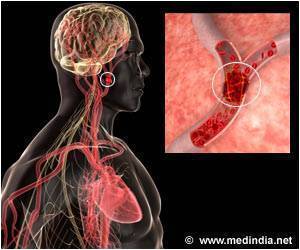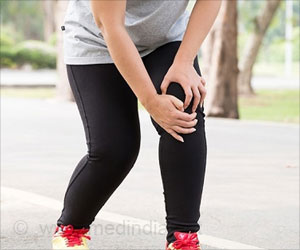World Stroke day is celebrated on October 29th to raise awareness about stroke. This year's theme is 'Face the facts-Stroke is treatable'.
Highlights
- The World Stroke Day 2016 is celebrated on October 29th and this year’s theme is ‘Face the Facts- Stroke is treatable’
- The risk factors for stroke include heart disease, high blood pressure, diabetes and smoking tobacco.
- The early warning signs of stroke include sudden loss of facial movement, loss of vision and inability to raise both the hands.
Risk Factors for Stroke
The top risk factors for stroke are:- High blood pressure (Hypertension)
- Heart diseases
- Blood pressure
- Smoking
- Dyslipidemia (high levels of lipids)
- Genetic risk factors/hereditary factors
Facts about Stroke
- Stroke is the 5th leading cause of death in the U.S as well as the leading cause of disability.
- In India, the estimated prevalence of stroke is 334-424/100,000 in urban areas and 84-262/100,000 in rural.
- The highest case fatality is in Kolkatta at 42%
- There are three types of strokes
- Ischemic stroke where a blood clot prevents blood from reaching the brain.
- Hemorrhagic stroke where a blood vessel breaks and the blood spills into the brain.
- Transient ischemic attacks are when there is a temporary disruption in blood being carried to the brain.
Early Signs of Stroke
A patient who suffers a stroke displays early warning signs that can be used to detect the condition early and, most importantly, to take the patient to the hospital, where emergency care could prevent further progression of the condition.- Facial paralysis - There may be sudden numbness on one or both the sides of the face
- Eyes - There could be loss of vision in one or both the eyes.
- Speech - Slurred speech.
- Hands - When both the hands are asked to be raised, the person may be unable to raise one or both the hands.
Treatment Available Following a Stroke
There are treatment options that are available for stroke survivors that include:- Drug to dissolve the clot: The patient may be administered with drugs that are used to remove the clot and allow the flow of blood. The drugs should be given within 4 and a half hours of being affected by a stroke.
- Mechanical thrombectomy: The clot is physically removed by the doctors to allow blood flow.
- Rehabilitative therapy: Rehabilitation is key to surviving a stroke. It is important to remember that rehabilitation begins in the hospital but it should be continued even at home. The patient should be encouraged to be as independent as possible to keep the brain functioning well and to encourage movement. There are many cases where stroke survivors regain control over their actions.
- Psychological counseling: The increased dependency of a stroke victim could diminish the spirit of a stroke victim and psychological counseling will come to their aid. There are many equipments that are available to ensure that the patient can use to be relatively independent, depending upon the extent of the stroke.
A stroke survivor should
- Quit smoking
- Stay active
- Eat well
- Stay away from alcohol
- Stay close to family and friends
This World Stroke Day is a great time to identify reasons that result in non-availability of medical care at the critical time and to device corrective measures which will facilitate better care.
References:
- Face the Facts - Stroke is Treatable - (http://www.worldstrokecampaign.org/learn/face-the-facts-stroke-is-treatable.html)
- World Stroke Day - (http://www.strokeassociation.org/STROKEORG/General/World-Stroke-Day_UCM_444999_SubHomePage.jsp)
- What is Stroke? - (http://www.stroke.org/understand-stroke/what-stroke)
- Stroke - General Information - (https://medlineplus.gov/stroke.html)
- Stroke Epidemiology and Stroke Care Services in India - (https://www.ncbi.nlm.nih.gov/pmc/articles/PMC3859004/)
- Fifty Years of Stroke Researchers in India - (https://www.ncbi.nlm.nih.gov/pmc/articles/PMC4782523/)
















